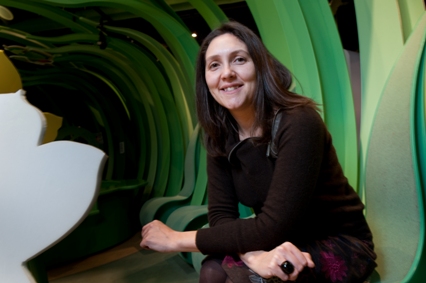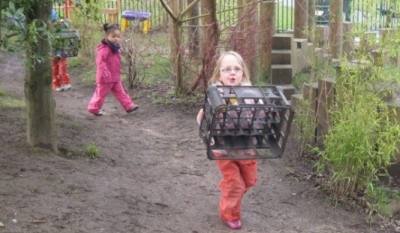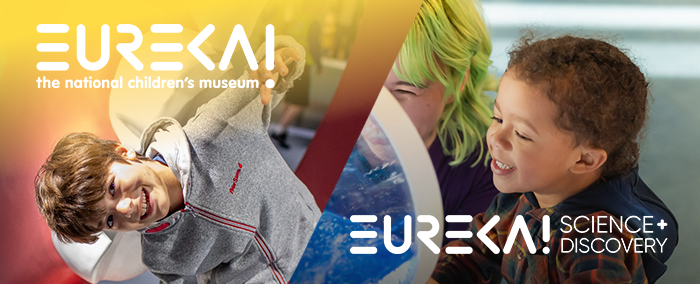Never heard of Schemas? You’re not alone…
So what are they? Simply put, Schemas are repeated patterns of behaviours demonstrated by children. They’re seen in children as they develop, explore their world and find out how things work, and can be displayed physically, verbally or in drawings.
Why should we care about them? Understanding Schemas can help us understand why our children sometimes act in particular ways. By watching your child’s activities you can identify which Schema they might be experiencing, start to plan experiences that they’ll enjoy and extend their thinking, and even (possibly!) work to minimise some of the more unwelcome aspects of these actions and behaviours (think back to that last nightmarish supermarket visit).
So what are the main Schemas?
There are lots to look out for, but here are three of the main Schemas:
- Does your child enjoy lining up all their toys or taking lids on or off anything and everything? Sounds like they’re in a Connecting Schema, where they’re slightly obsessed with joining (and disconnecting) things. This can sometimes (unfortunately) also mean destroying things, such as towers of bricks that other children have made.
- Is your child driving you crazy by throwing objects or food, jumping on the sofa, wanting to play with running water? Your child is probably in a Trajectory Schema, when a child is busy investigating movement and forces. They will probably want to climb a lot and interact with things – such as water – that are already moving.
- Is your child constantly wrapping things up – toys in blankets, den-making, covering paintings in one colour? It is likely that your child is in an Enveloping Schema, when children like to cover themselves or objects.
So now you’ve identified your child’s Schema, what can you do to support your child’s learning and (hopefully) minimise some of the negative knock-on effects?
Firstly, it’s important to remember that the schema is about the urge to do something, not necessarily the action itself. Sometimes the action can be seen as inappropriate, therefore when you can see and understand this urge you can try to redirect the action. Here are some quick activity ideas that may help.
- Connecting Schema: Provide your child with objects such as cars, clothes pegs or building blocks to line up. Make necklaces with pasta tubes and string. Provide your child with sticky tape, string and boxes or card to stick them together.
- Trajectory Schema: Make woollen pom-poms to be used to throw inside. Make time to go outside and throw sticks or balls. Make paper aeroplanes. Make time in the day for climbing – maybe head outdoors to climb a small hill or the steps of a slide in the park. At bath time provide funnels for water to flow through.
- Enveloping Schema: Provide your child with boxes of all sizes to play with, from ones big enough for them to climb in to small ones to pop small objects in. Provide your child with fabric or blankets to wrap themselves in or to make dens under tables or chairs.
Can’t spot these patterns in your child? Don’t worry, not all children do demonstrate them. Likewise, some children may go through more than one at a time.
There are a number of other schemas including Orientation, Transporting, Enclosure, Rotation, Transformation and more. To find out more about the frequently spotted schemas and activities that link with them visit our Schemas Information page.
At Eureka! Nursery, the team already work to identify which schemas children may be experiencing to better aid their development, and over the next twelve months we will be installing photo panels in Eureka! itself to show how these patterns of behaviour have been demonstrated in our galleries, so look out for them next time you bring your children for a day out and let’s start spreading the word about Schemas!
This blog originally appeared as a column in the Friday 10 April 2015 edition of the Halifax Courier.




